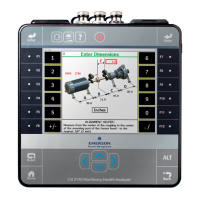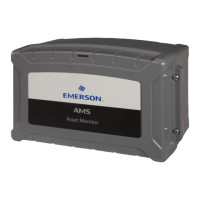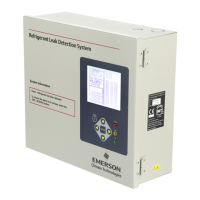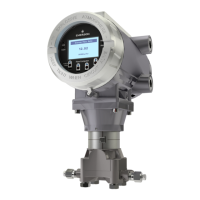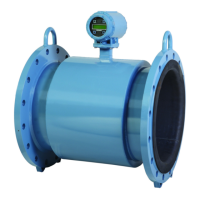10.5.1 Measurement points
A measurement point is where you collect a measurement on the equipment. You must
define at least one measurement point. The default setup distributes the points equally
among the defined measurement planes. For example, if you set up seven points and three
planes, plane 1 has three points, plane 2 has two points, and plane 3 has two points. The
maximum number of points depends on the number of planes you set up.
Note
The number of measurement points multiplied by the number of measurement speeds cannot
exceed 24. Also, the seventh plane can have up to two points. The eighth plane can have only one
measurement point.
Location
Use horizontal or vertical orientation. You get the best results from measurements at both
bearings. For special, single-plane jobs, place both sensors at one bearing. If possible,
when you use only one sensor per bearing, place all sensors at the same orientation
(horizontal or vertical) to make the data easier to compare.
Default IDs and symbols
Each measurement point has a default ID and a symbol to identify it. You can change the
ID, but not the symbol. This three-character ID identifies each measurement point and
must be unique for each measurement point on the same piece of equipment. Use a
consistent system. The first or last character can indicate the orientation of the sensor.
Measurement
Plane Measurement Point ID Measurement Point Symbol
1 1 - Inboard Horizontal (IBH)
2 - Inboard Vertical (IBV)
3 - Inboard Axial (IBA)
1 - Square
2 - Circle
3- X
2 1 - Outboard Horizontal (OBH)
2 - Outboard Vertical (OBV)
3 - Outboard Axial (OBA)
1 - Square
2 - Circle
3- X
3 1 - Plane 3 Horizontal (P3H)
2 - Plane 3 Vertical (P3V)
3 - Plane 3 Axial (P3A)
1 - Square
2 - Circle
3- X
Note
After the third measurement plane, only the number in the measurement point ID changes. For
example, for the fourth plane, the measurement point ID is P4H, P4V, P4A. You can define up to
eight. As the number of points defined for the measurement plane increases or decreases, the
number of points defined for the job automatically adjusts.
If you add a measurement point using a default ID, the analyzer assigns the next available
default ID, for example, OB1, IB1, P31, and P41.
Balance
MHM-97432 Rev 7 317
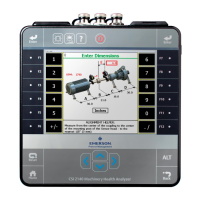
